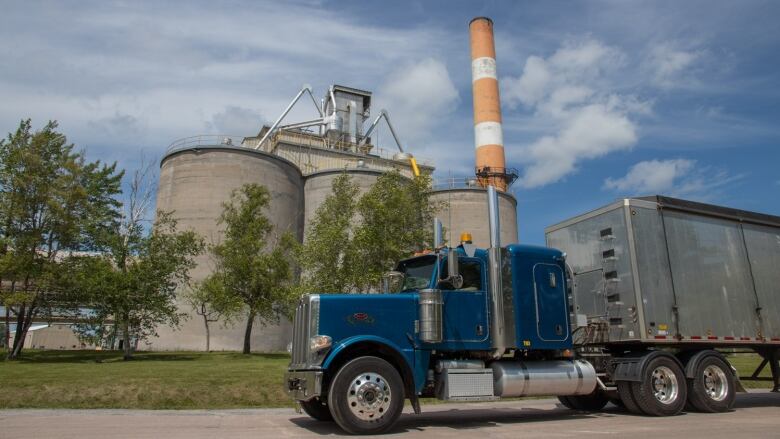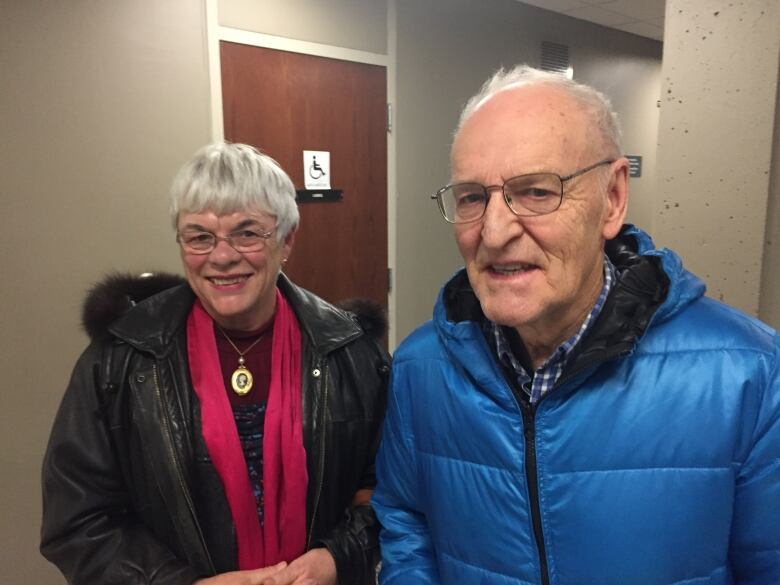Wheels in motion on project using scrap tires as fuel at cement plant
Lafarge is burning tires as fuel during a 12-month pilot to reduce carbon emissions

Officials with Lafarge Canada say early results of using scrap tires as fuel at the company's cement plant in Brookfield, N.S., are positive.
"The commissioning has gone very smoothly," said environment and public affairs director Robert Cumming.
"We've very pleased with the performance so far."
The company got the go ahead from the provincial government last year for a 12-month test project to burn scrap tires in its kiln as a fuel replacement for coal.
Commissioning started last month and since then the kiln has been operating "off and on" with scrap tires during the day as staff at the site are trained, said Cumming. That schedule will continue for at least a few more weeks until all staff are trained, at which point the site would use tires as fuel "around the clock," said Cumming.
Public to see test results
The plant has continuous emissions monitoring in place and Cumming said so far they've not seen any notable changes.
A spokesperson for the Environment Department said Lafarge is required to submit the results of emissions testing within 60 days. Once commissioning is complete, a research team from Dalhousie University and a third-party air monitoring company will assist with more air quality tests, beginning later this month or early in October.
Cumming said baseline testing for the project was done in July and that will be compared against stack tests that will be done to look at low-concentration materials not covered by emissions monitoring. Those results willbe released to the public in early 2020, he said.
The project has not been without controversy.
Concerns from community
Community groups expressed concerns about the contents of the emissions from burning tires, as well as the fact Lafarge gets paid part of the environmental handling fee consumers pay whenever they buy a new set of tires.
Lydia Sorflaten, a resident of Shortts Lake and member of a community group that opposed the project, said she's noticed a change in the plant's plume since Lafarge started burning less coal.

"The visibility is not there as much, but it's what you can't see that is the concern," she said.
Sorflaten said she also remains concerned about potential effects on groundwater and is hoping to get more information from the company about the project.
Cumming said there will be an open house at the plant later this month after the commissioning work is complete. He said the project would reduce the company's carbon emissions, which would in turn make the site more sustainable.












_(720p).jpg)


 OFFICIAL HD MUSIC VIDEO.jpg)
.jpg)



























































































